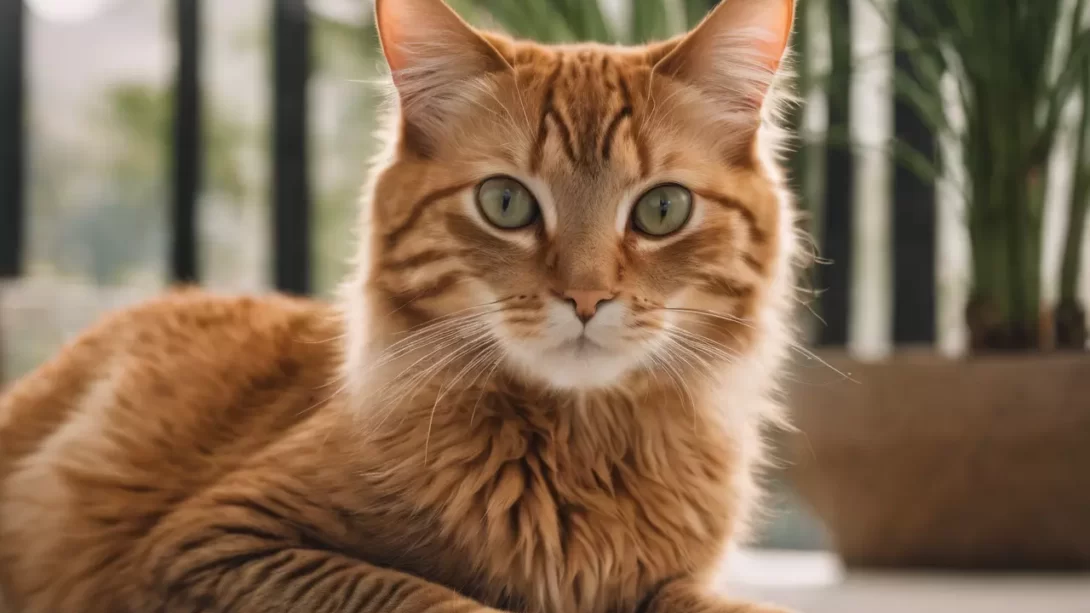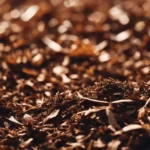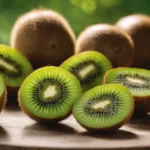The Ponytail Palm (Beaucarnea recurvata) is a distinctive and popular houseplant, cherished for its unique appearance and low maintenance requirements. However, for cat owners, the safety of their furry companions is a crucial consideration when bringing any new plant into the home. Understanding which plants are safe around pets is essential, and this guide aims to address the concerns regarding the toxicity of Ponytail Palm to cats.
Characteristics of Ponytail Palm
Ponytail Palm, despite its name, is not a true palm but rather a member of the Agave family. This plant is characterized by its bulbous trunk, used for water storage, and long, curly leaves that resemble a ponytail, hence its name. It’s a slow-growing plant that can thrive indoors with minimal care, making it a favorite among houseplant enthusiasts. Its resilience and distinctive appearance make it a common choice for adding a touch of greenery to indoor spaces.
Plant Toxicity for Cats
Cats, known for their curiosity and tendency to nibble on plants, can be at risk if they ingest certain types of vegetation. Plant toxicity in cats can range from mild irritation to severe health complications, depending on the plant species. Factors such as the part of the plant ingested (leaves, stems, flowers, roots), the amount consumed, and the specific toxins present play a crucial role in determining the level of toxicity.
Toxicity of Ponytail Palm to Cats
When it comes to the Ponytail Palm, cat owners can breathe a sigh of relief. According to the American Society for the Prevention of Cruelty to Animals (ASPCA), the Ponytail Palm is non-toxic to cats. This means that it does not contain any known substances that are harmful to felines if ingested. However, it’s important to note that while the plant is not toxic, the consumption of any non-food item can potentially cause gastrointestinal upset or other issues in cats.
Symptoms of Toxicity in Cats
Even though Ponytail Palm is not toxic to cats, ingestion of plant material can sometimes lead to mild digestive upset. Symptoms to watch for include vomiting, diarrhea, or lack of appetite. While these symptoms are generally not a sign of poisoning from this particular plant, they can indicate that your cat’s digestive system is irritated by the foreign material.
What to Do in Case of Ingestion
If you observe your cat chewing on a Ponytail Palm or displaying symptoms after ingestion, it’s important to monitor their condition closely. In most cases, no special treatment is required for a cat that has ingested Ponytail Palm. However, if symptoms persist or if your cat seems to be in distress, it’s prudent to consult a veterinarian. They can provide advice or treatment to relieve any gastrointestinal discomfort your pet may be experiencing.
Preventing Plant Ingestion by Cats
Creating a safe environment for your cat and your plants is essential. To prevent your cat from nibbling on your Ponytail Palm or other houseplants, consider the following tips:
- Place Plants Out of Reach: Elevate your plants on shelves or hanging planters where your cat can’t access them.
- Provide Cat-Friendly Greens: Offer your cat safe alternatives like cat grass or catnip, which can satisfy their urge to chew on greens.
- Use Deterrents: Applying natural deterrents like citrus peels or sprays around your plants can discourage cats from approaching them.
- Train Your Cat: Consistent training and redirection can teach your cat to stay away from houseplants.
Alternatives to Ponytail Palm for Pet-Friendly Gardens
If you’re looking for additional pet-friendly plants, consider options like Boston ferns, spider plants, or African violets. These plants are known to be safe for cats and can add variety to your indoor garden without the worry of toxicity.
Conclusion
In summary, the Ponytail Palm is a safe choice for households with cats. Its non-toxic nature means that it poses no serious risk to feline health, although care should be taken to prevent gastrointestinal upset caused by the ingestion of plant material. By taking preventive measures and considering pet-friendly plant alternatives, you can create a living space that is both aesthetically pleasing and safe for your beloved pets. Remember, maintaining a harmonious balance between your furry friends and your greenery is key to a happy, healthy home environment.



